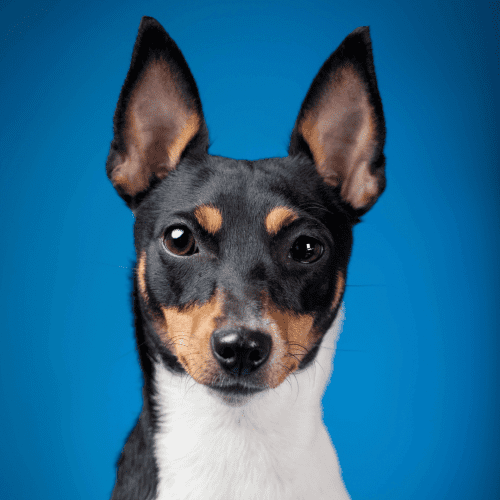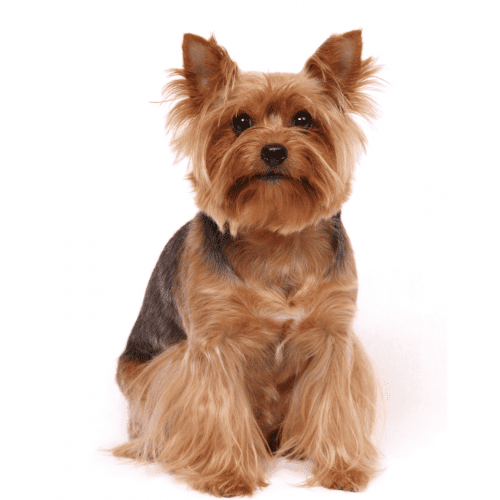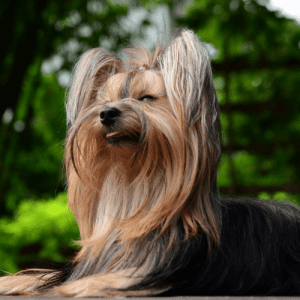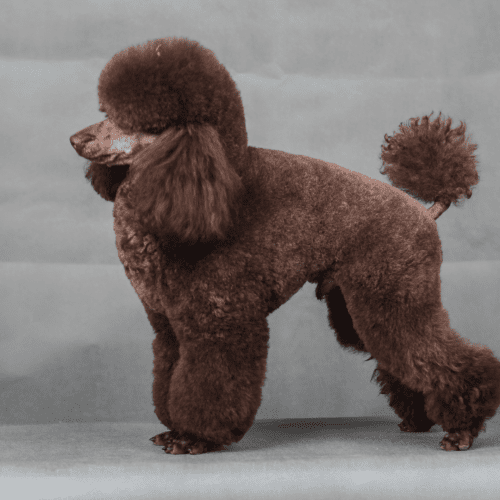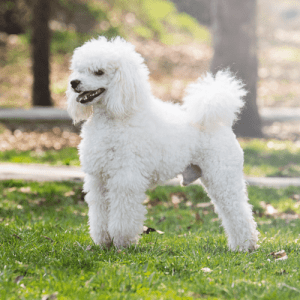As the name suggests, the toy dog breed category contains smaller dog breeds that typically weigh less than 25 pounds. While these dogs may be pint-sized, toy dog breeds can still make wonderful companions for people of all ages. If you’re looking for a smaller dog that doesn’t require a lot of exercise and is easy to take care of, one of the many toy dog breeds might be right for you.
The Toy dog breed is a group of small, lively, and affectionate dogs bred specifically for their compact size and friendly demeanor. These dogs are known for their playful nature and ability to form strong bonds with their owners.
Toy dogs make excellent companions due to their small size, making them suitable for apartment living and easy to take along on trips. However, these dogs still require proper training to ensure good behavior and socialization despite their size. Positive reinforcement works best when training toy dogs, as they respond well to praise and rewards.
Additionally, toy dogs have specific grooming needs, such as regular brushing to prevent matting and professional grooming to maintain their coat’s appearance. Due to their small size and delicate structure, it’s important to note that toy dog breeds are prone to specific health concerns, including dental problems, luxating patellas, and respiratory issues.
Regular veterinary check-ups and a balanced diet can help ensure these beloved pets’ overall health and well-being.
Toy dogs stand out from other dog breeds due to their small size and friendly demeanor. These pint-sized pups typically weigh between 4 to 15 pounds and measure up to 12 inches in height. Their compact size makes them ideal for apartment living and easy to travel with.
Despite their small stature, toy dogs are known for their prominent personalities. They’re often described as affectionate, sociable, and eager to please. These dogs thrive on human companionship and are great with children, making them popular choices for families.
Toy dogs are also known for their adaptability and can easily adjust to different living situations. However, their friendly nature can sometimes lead to separation anxiety if left alone for long periods. Training a toy dog requires patience and consistency. They respond well to positive reinforcement methods and can excel in obedience training.
Due to their small size and delicate frames, toy dogs may require special care, including regular exercise, grooming, and dental hygiene. Despite their challenges, toy dogs continue to capture the hearts of dog lovers worldwide.
Several breeds belong to the group of Toy dogs. Popular toy dog breeds include the Chihuahua, Pomeranian, Shih Tzu, Yorkshire Terrier, and Maltese. These small dogs have become a favorite among pet owners due to their compact size and adorable features.
Regarding training tips for toy breeds, it’s important to remember that consistency and positive reinforcement are key. Due to their small size, toy dogs are prone to specific health issues, such as dental problems, patellar luxation, and tracheal collapse. Regular veterinary check-ups and a balanced diet are essential for their well-being.
Grooming needs for toy dogs vary depending on the breed, but regular brushing, ear cleaning, and nail trimming are generally necessary. Exercise requirements for toy breeds are relatively low compared to larger dogs, but they still need daily walks and playtime to keep them physically and mentally stimulated.
Toy dogs have a rich history and can be traced back to various regions worldwide. The origins of toy dogs are believed to date back thousands of years. These small breeds have evolved and have become increasingly popular as companion animals.
Toy dogs have originated worldwide, including in Asia, Europe, and America. In Asia, breeds such as the Pekingese and Shih Tzu have ancient origins and were treasured by Chinese royalty. European countries, like Italy and France, also played a significant role in developing toy breeds. The Italian Greyhound and the Cavalier King Charles Spaniel are examples of toy dogs that originated in Europe.
The popularity of toy dogs can be attributed to their small size, adorable appearance, and affectionate nature. These pint-sized pups are often characterized by their playful and lively personalities. Additionally, toy dogs are known for their intelligence and adaptability, making them suitable for various lifestyles.
Training techniques for toy dogs differ slightly from those used for larger breeds. Their small size makes positive reinforcement methods and gentle training techniques essential. Consistency and patience are key when training toy dogs, as they can be sensitive to harsh or forceful training methods.
As a companion animal, toy dogs serve a variety of roles in the lives of humans. They’re often used as therapy animals, providing comfort, companionship, and emotional support to individuals in hospitals, nursing homes, and other healthcare settings. Toy dogs have a calming effect on people and can help reduce stress and anxiety.
In addition, toy dogs have found their way into the fashion industry, becoming popular accessories for celebrities and fashionistas. Their small size and adorable appearance make them perfect for carrying around in designer handbags or dressing up in stylish outfits. They’ve become a fashion statement and a symbol of luxury and status.
Toy dogs also have a significant presence in movies and TV shows. Their cute and lovable nature makes them perfect for portraying characters in family-friendly films and television programs. They bring joy and laughter to audiences of all ages and have become beloved stars in their own right.
Furthermore, toy dogs make excellent companions for older people. Their small size and low exercise requirements suit individuals with limited mobility. They provide companionship, affection, and a sense of purpose to seniors, helping to alleviate loneliness and improve overall well-being.
Lastly, toy dogs are often seen competing in competitive dog shows. Despite their small stature, they’re known for their agility, intelligence, and showmanship. They compete in various categories, showcasing their breed-specific traits and skills and delighting spectators with their impressive performances.
Different types of individuals connect with toy dogs for various reasons.
Toy dogs are often used as therapy animals, providing comfort and companionship to needy individuals. They have a calming presence and can help reduce stress and anxiety.
Elderly individuals also connect well with toy dogs, as they are small, easy to handle, and require less physical exertion. Toy dogs can provide companionship and a sense of purpose to older people, helping to alleviate loneliness and depression.
Celebrities are also drawn to toy dogs because of their small size and cute appearance. They often carry their toy dogs in designer bags or paparazzi-ready outfits, making them fashionable.
Toy dogs are also popular among families, as they are great with children and can fit into a family’s lifestyle easily. They are known for being friendly, playful, and adaptable.
Lastly, toy dogs are well-suited for apartment living. Their small size makes them ideal for smaller living spaces, and they require less exercise than larger breeds. They can thrive in an apartment environment with regular walks and mental stimulation.
While connecting with toy dogs for various reasons, it’s essential to consider additional relevant facts about these breeds. Toy dogs have unique characteristics that set them apart from other breeds. They’re known for their small size, delicate features, and adorable appearance. Some popular toy dog breeds include the Chihuahua, Pomeranian, and Yorkshire Terrier.
Regarding training and care tips, toy dogs require consistent training and socialization from an early age. They can be prone to separation anxiety and may need extra attention and reassurance. Additionally, due to their small size, they’re more vulnerable to specific health issues, such as dental problems and tracheal collapse. Regular veterinary check-ups and dental care are essential for their well-being.
Toy dogs aren’t only beloved companions and excel as therapy animals. Their small size and gentle demeanor make them ideal for providing comfort and emotional support to people in hospitals, nursing homes, and other healthcare settings.
Furthermore, toy dogs have made their mark in popular culture. They’ve been featured in movies, TV shows, and advertisements, often portraying them as fashionable and glamorous pets. Their popularity has also led to the creation of various toy dog-themed merchandise and accessories.

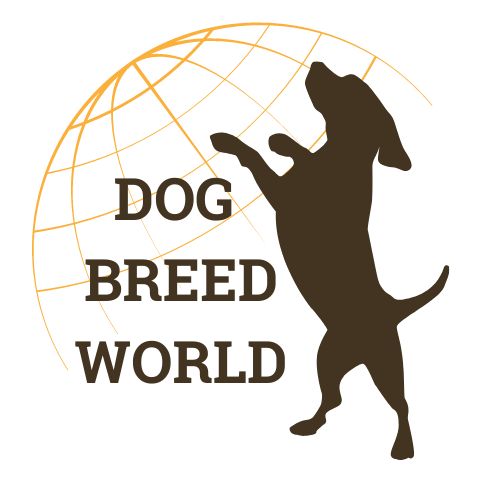

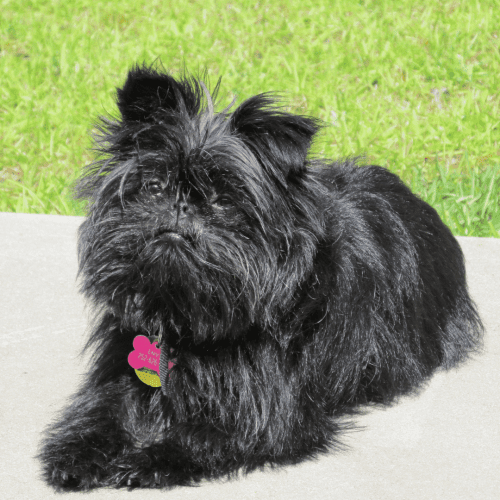
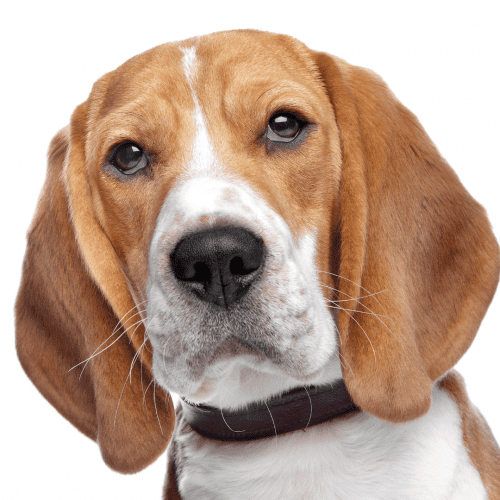

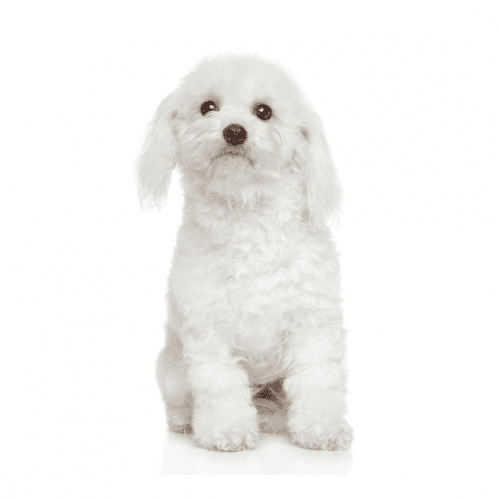


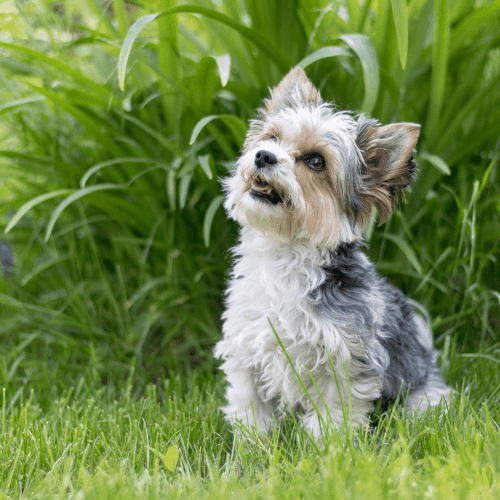

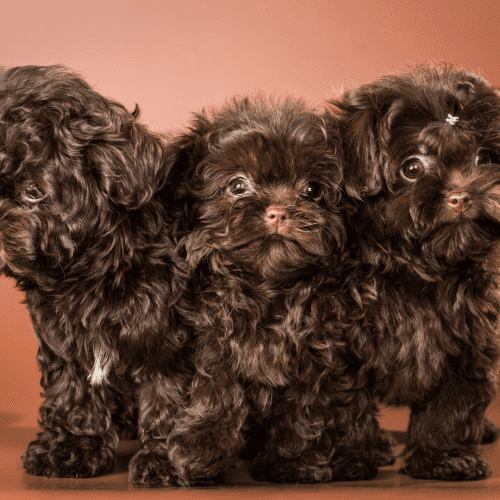

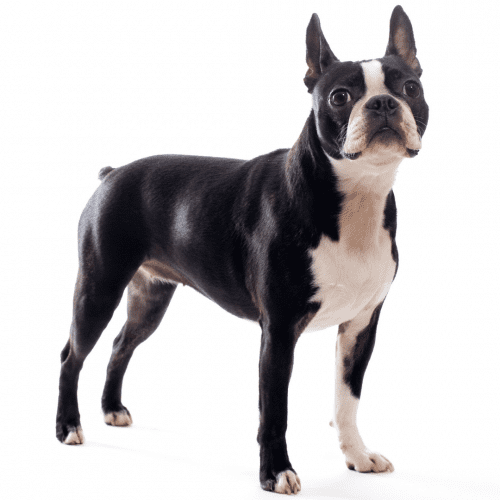

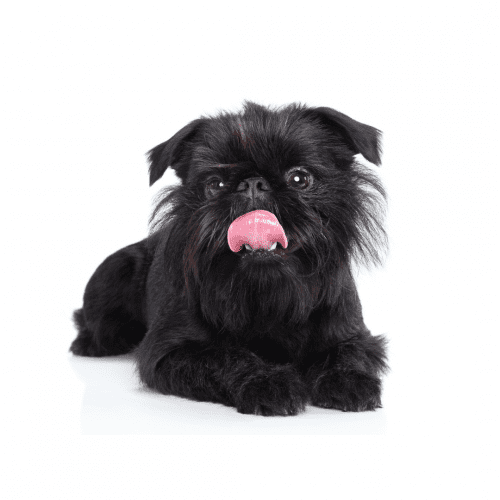
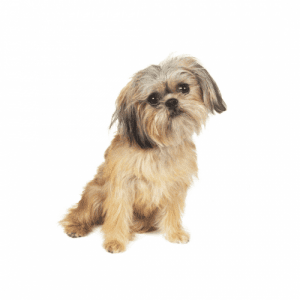
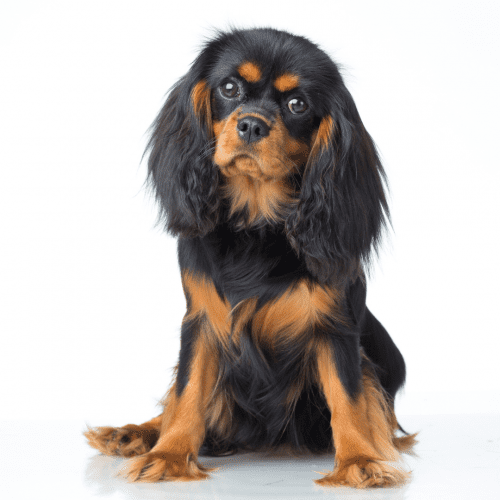
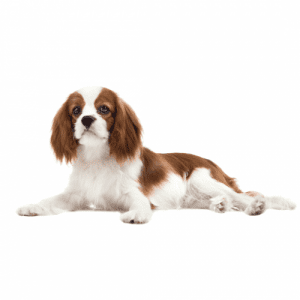
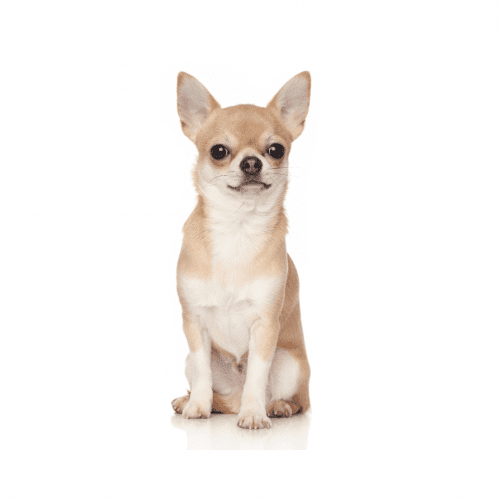





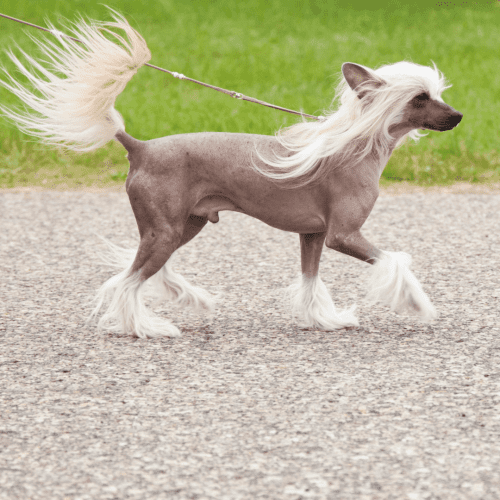
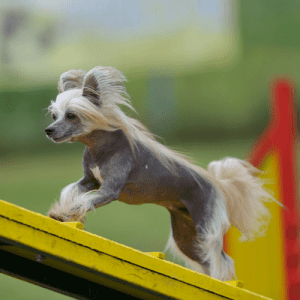
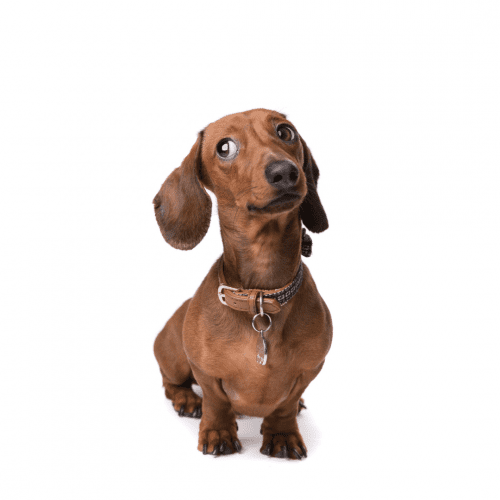

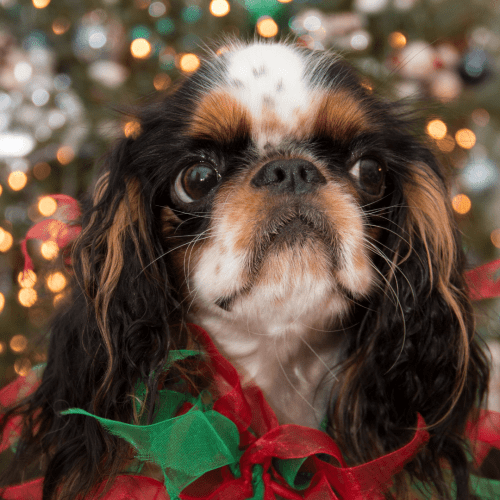
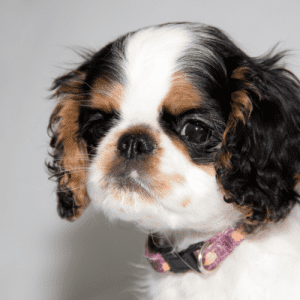
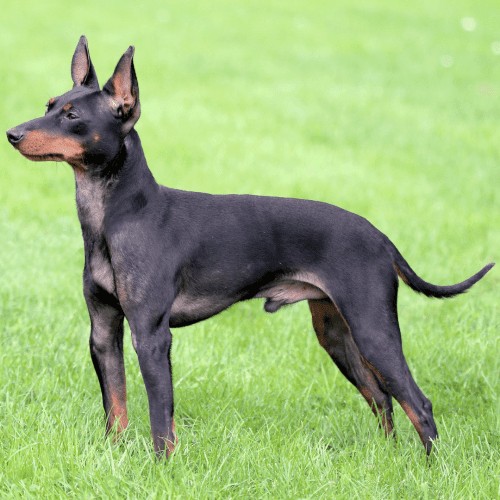

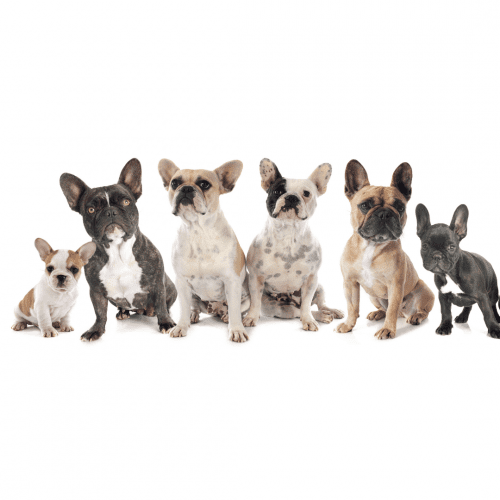

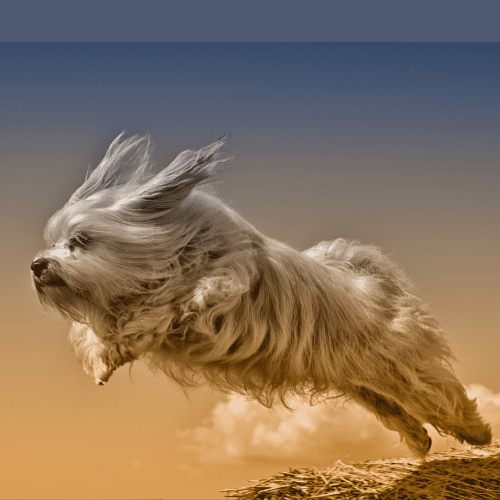

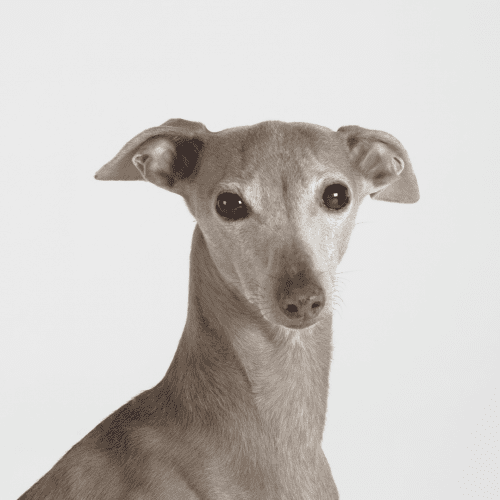

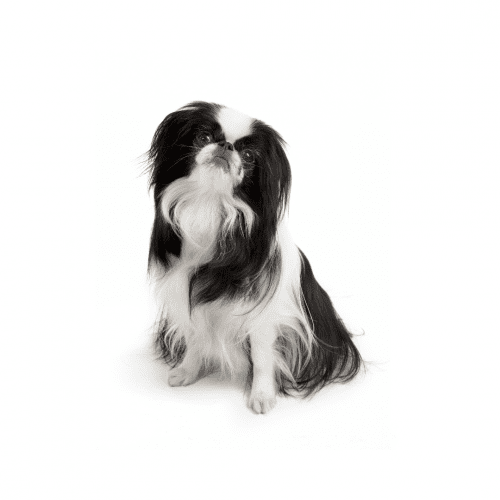

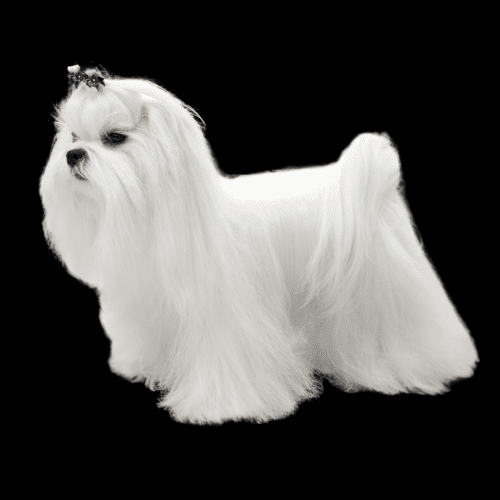

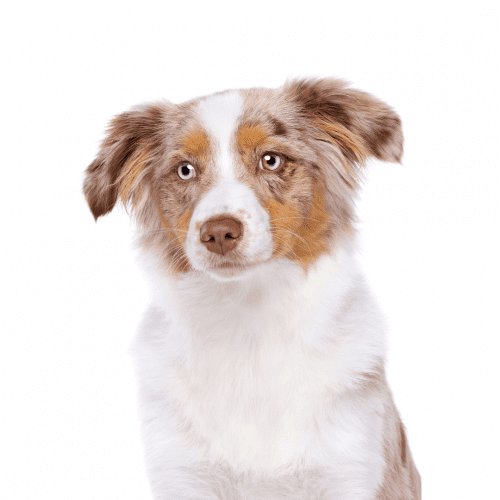

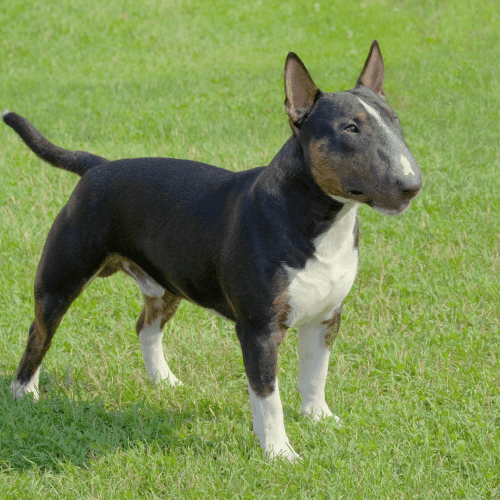

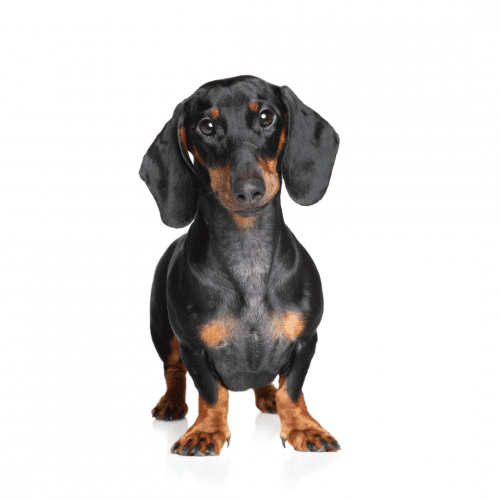

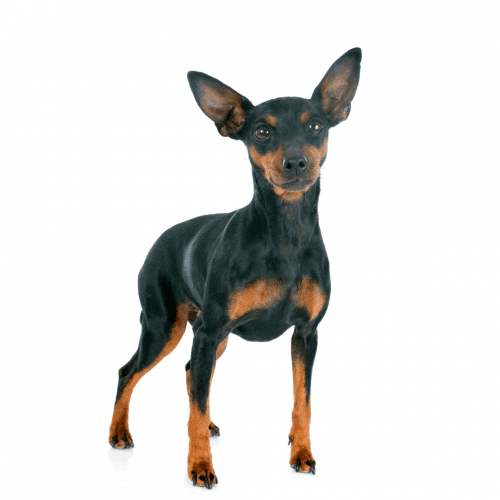
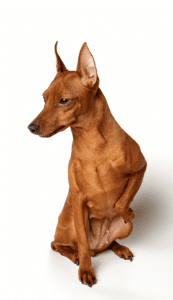
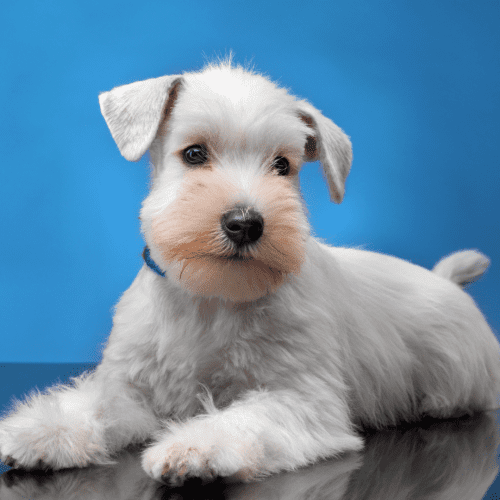

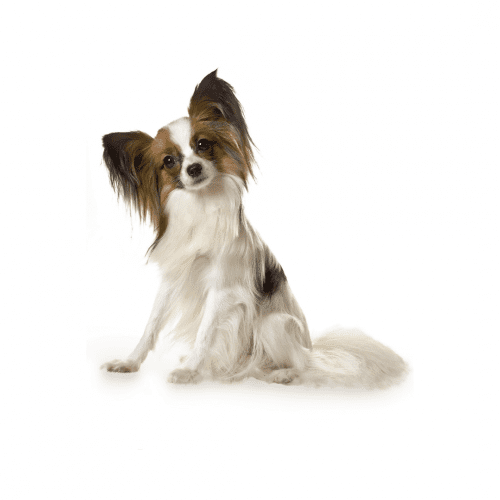
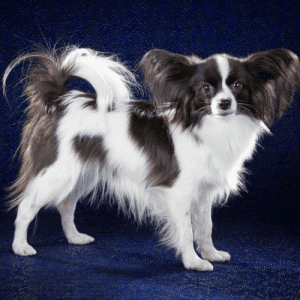
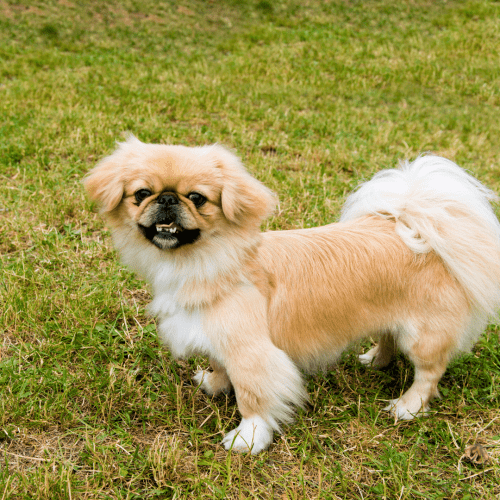

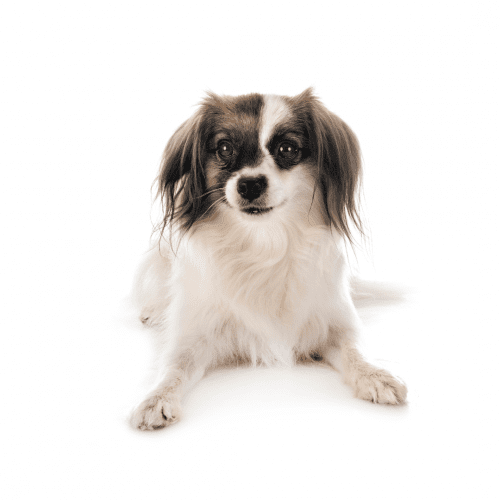

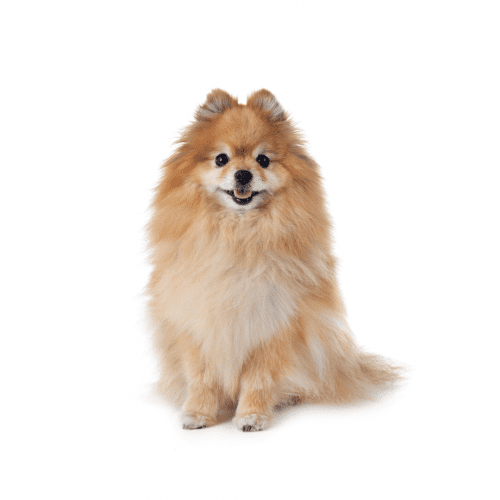

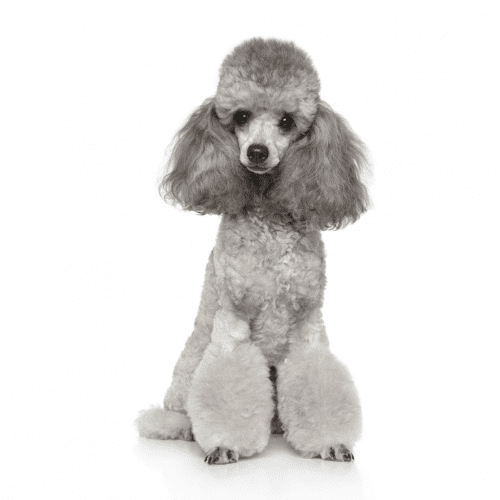

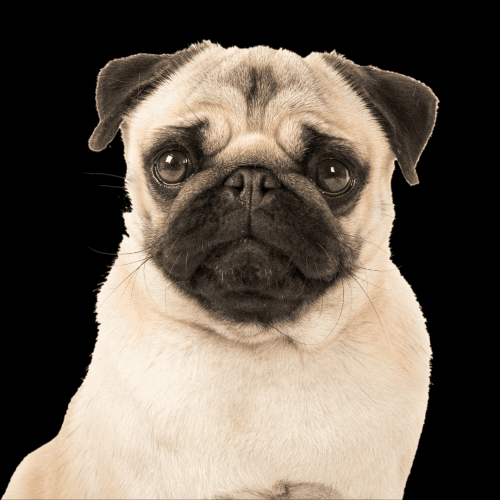

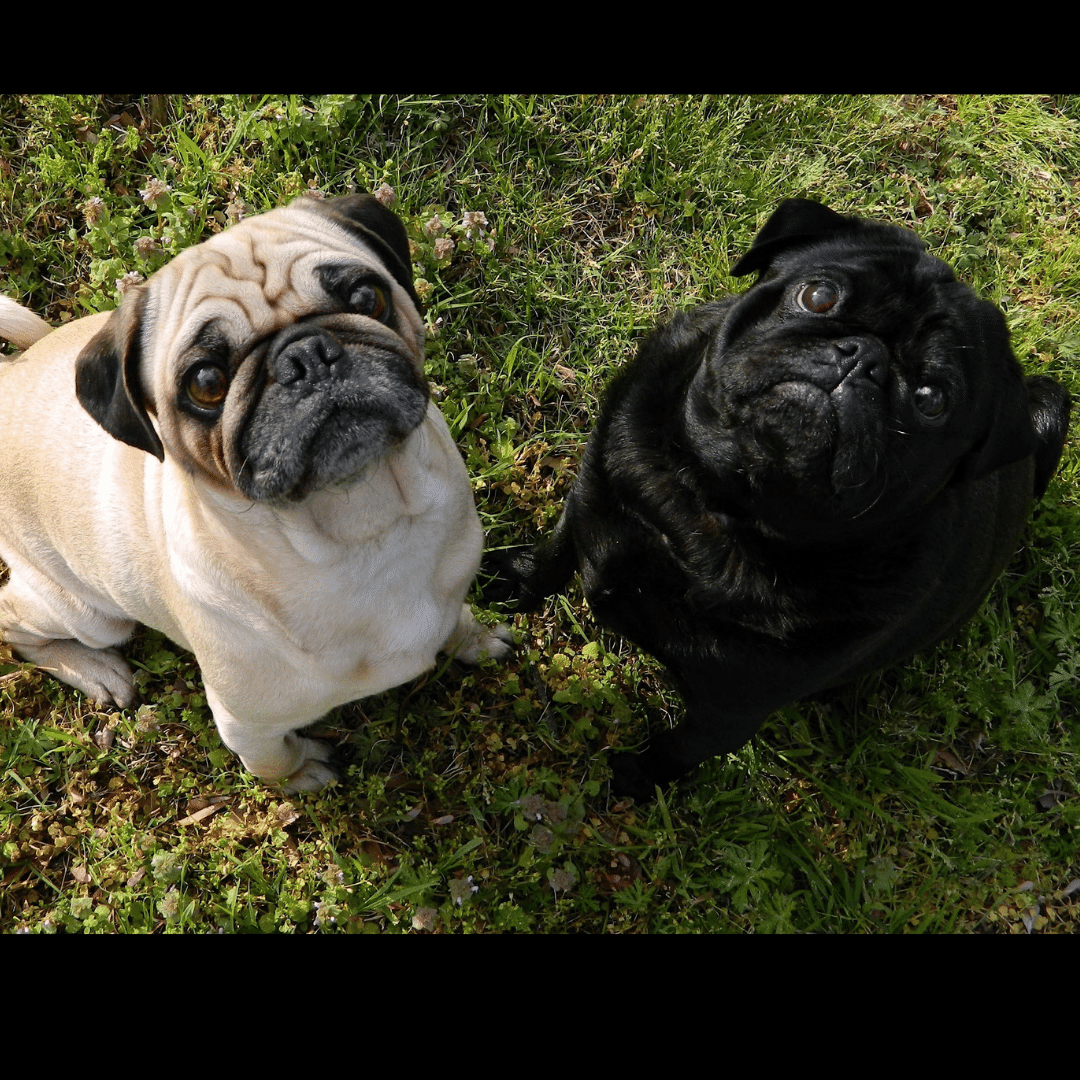
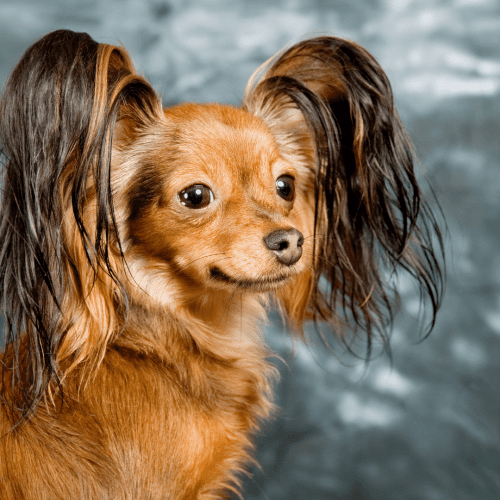
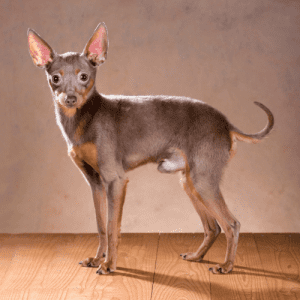
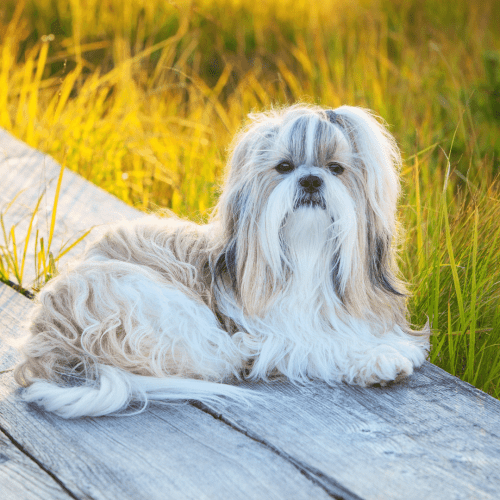
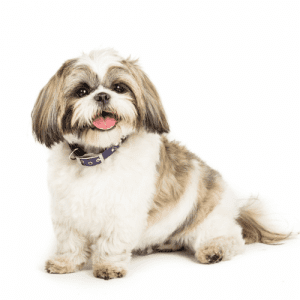 What Is The History Of The Shih Tzu Dog Breed?
What Is The History Of The Shih Tzu Dog Breed?